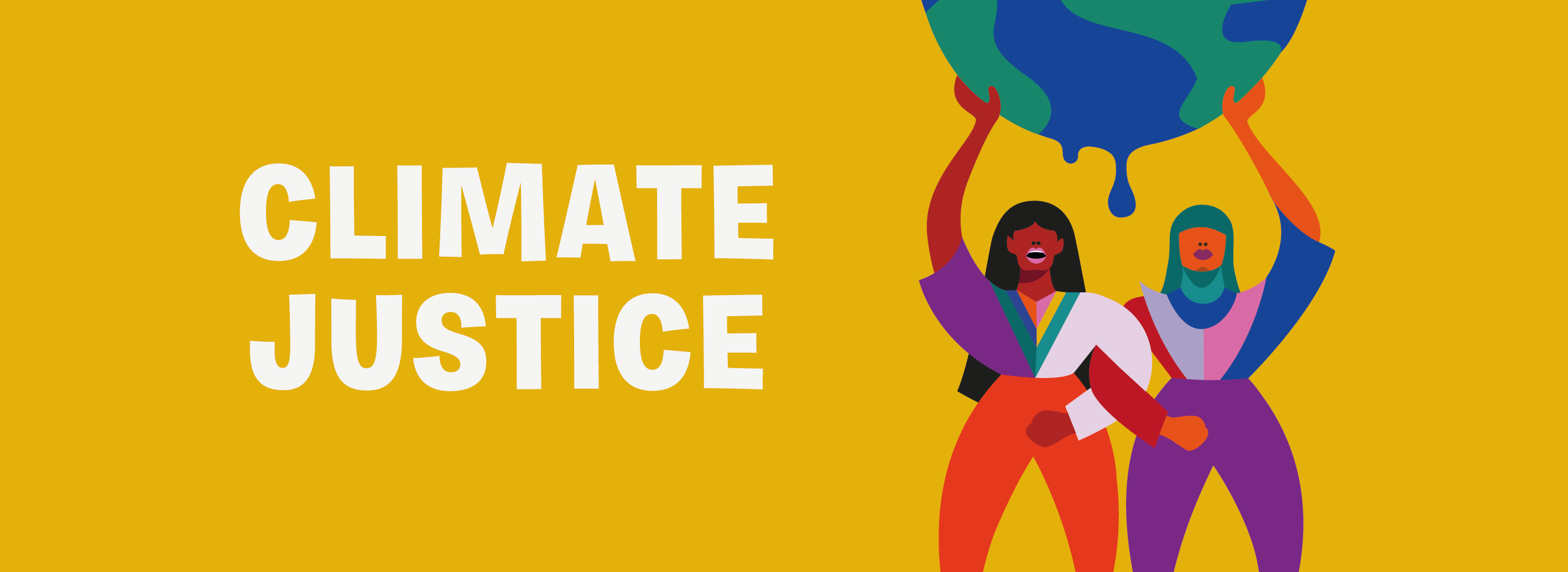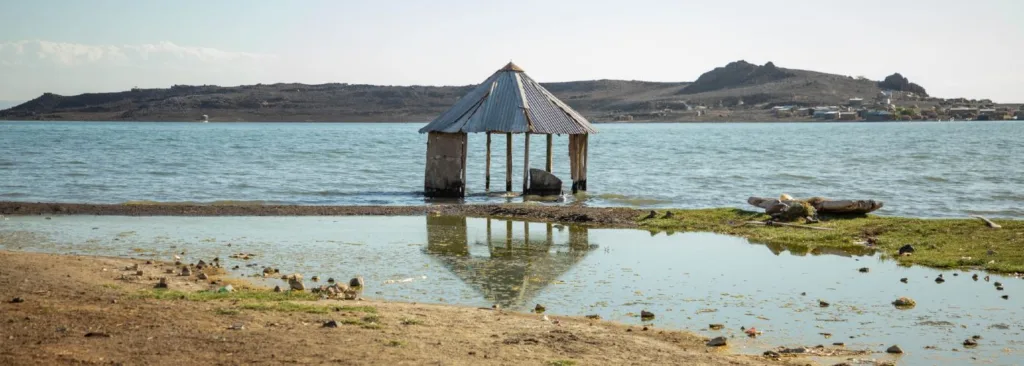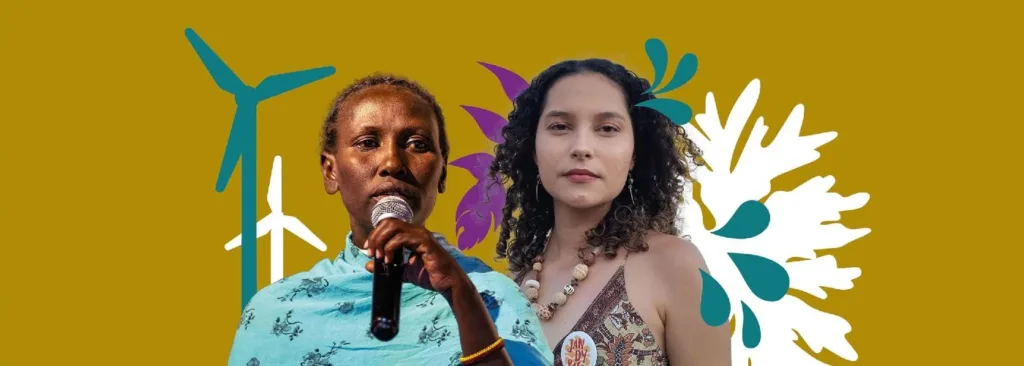By Collins Otieno (Voices for Just Climate Action)
The Green Climate Fund (GCF) is the largest multi-lateral finance instrument created under the 2015 Paris Agreement. It is a unique global fund that invests in low-emission and climate-resilient projects to help Global South countries adapt to the unavoidable impacts of climate change.
This week, the 38th Green Climate Fund meeting is being held in Kigali, Rwanda. Hivos and other civil society organizations are there to push for an accreditation process that is much more inclusive of local institutions and organizations and to put justice at the heart of the fund’s investments from 2024 to 2027.
Why is this important and how does it work? Read the Hivos explainer!
To start off, to access funds from the GCF, institutions in interested countries must go through an “accreditation” process. This evaluates their capacity for sound financial management and their ability to guarantee GCF-funded projects and programs. Once accredited, an organization or financial institution can fund local projects carried out by other more specialized organizations or service providers. The GCF accredits two types of institutions based on how they access the funds: Direct Access Entities (DAEs) and International Access Entities (IAEs).
Direct Access Entities
DAEs are local or national institutions that directly access GCF funding. They play a crucial role in implementing climate projects at the grassroots level, where communities are directly impacted by climate change. DAEs work closely with countries to develop projects and submit funding proposals to the GCF Board for approval. DAEs can be provincial or national institutions, or non-governmental organizations (NGOs).
International Access Entities (IAEs)
IAEs are international organizations that facilitate climate finance on behalf of countries. They can be regional or global, such as development banks, multilateral organizations, and specialized agencies. Examples of IAEs include the African Development Bank (AfDB), the Asian Development Bank (ADB), the World Bank, and the European Investment Bank (EIB).
Why prioritize accreditation of local national institutions and organizations?
Local national institutions and organizations play a vital role in climate action. They closely interact with local communities and rural people, Indigenous people, youth and women, and other groups hardest hit by climate change. In this sense, they understand local contexts and have the expertise to address climate challenges more effectively than IAEs. When it accredits local national institutions, the GCF ensures that climate finance reaches grassroot levels and benefit vulnerable communities in three main ways:
1. Empowering local climate action
Local climate action is essential for tackling climate change at the community level. Accrediting local national institutions and organizations to directly access GCF resources allows them to implement climate projects tailored to their specific needs, promotes local ownership, and fosters sustainable development.
2. Increasing climate resilience
Local institutions know exactly which climate change impacts threaten their countries. By accrediting them, the GCF hands over the power to design and carryout climate resilience projects that truly serve national needs. This promotes adaptation and increases climate resilience at the (rural) community level throughout the Global South, which is facing the brunt of the global climate crisis.
3. Inclusive decision-making
Accreditation of local institutions ensures that decisions on climate finance are inclusive and made collaboratively, involving local stakeholders. It also improves transparency and accountability, because oversight is much easier with, for example, local banks than the World Bank.
So, what is the problem with the current accreditation process?
Many more international institutions and organizations are accredited compared to local national ones (almost at a ratio of 60:40). While the reason given is that their procedures are “better,” global institutions are not the best choice for investing in national and local projects that are supposed to serve the needs of local communities. Especially given their vastly higher administrative costs and the very limited oversight that communities have of their activities compared to a national institutions or NGOs.
What needs to be discussed in Kigali?
The Green Climate Fund’s 38th meeting has a critical task ahead: promoting the accreditation of local national institutions and organizations to better serve the frontline communities facing the climate crisis in the Global South.
How are Hivos and other civil society organizations working to make this happen?
Hivos is an accredited civil society observer to the Green Climate Fund. As such, we have a critical role in actively engaging with the GCF to ensure that climate finance benefits those most affected by climate change and promotes sustainable development.
Hivos is doing this by joining forces with other like-minded observer civil society organizations and movements, including Indigenous peoples and local communities. Our job is to integrate community perspectives and rights-holders’ voices into the GCF’s operational processes, give advice, and influence policy and decision-making processes of the board at the meeting.
Together, we are monitoring GCF’s activities, projects, and funding allocations, maintaining checks and balances within the GCF, exchanging information, and holding the fund accountable by ensuring transparency, effectiveness, and alignment with climate justice principles.




